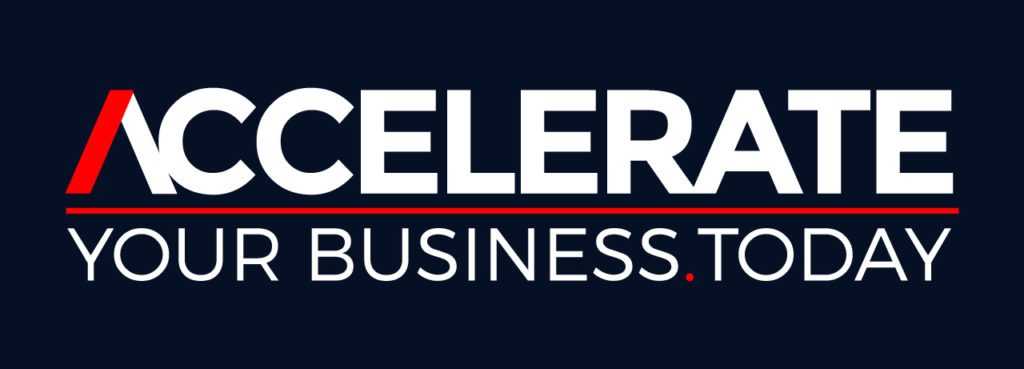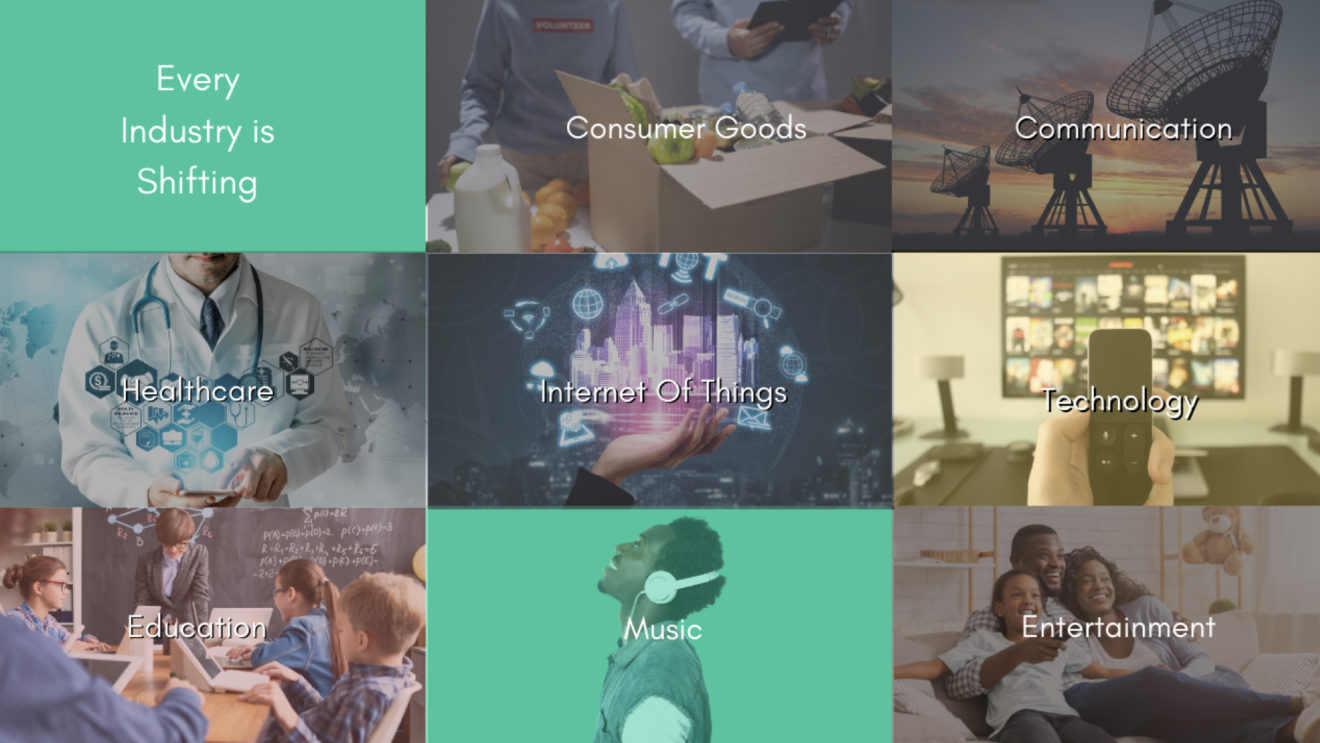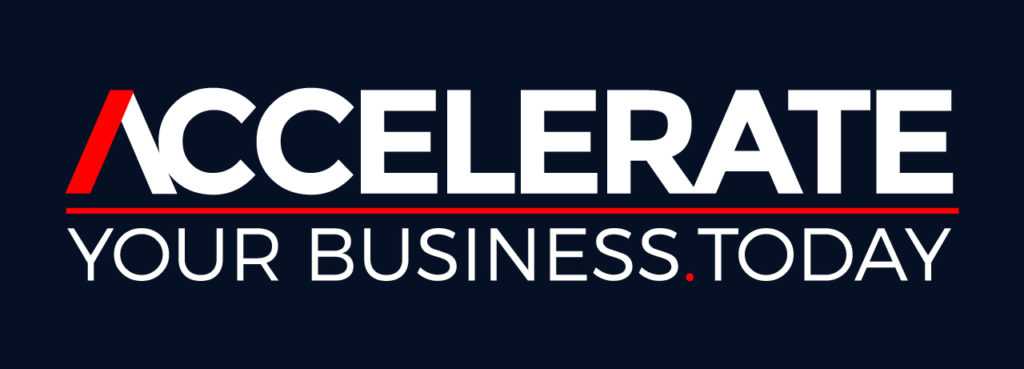Case Study: $1.25 million revenue in 30 days from $97,000 marketing.
Brand differentiation is a term that describes how different brands of products or services are different from each other. When done correctly, brand differentiation will deliver more revenue.
How do you make a brand stand out from its competitors?
Differentiation.
A recent study found that brands with a differentiation strategy drive revenue – does your business stand out and successfully deliver more revenue than your competitors? If not, what are you going to do?
In the competitive landscape of today’s fast-paced business environment, a business must stand up, be seen and heard more, reducing its cost to acquire more revenue.
To win more growth, businesses must deliver an experience distinct from their competitors.
These might include
- Better customer service,
- Better products,
- Better brand experience – that is unlike any other,
- It occurs through creating educational, entertaining and inspirational marketing content that also introduces your product and services,
- Send the traffic to an article or advertorial, building trust and credibility in your marketing brand,
The concept of the brand is to differentiate.
- Differentiate at the product and services level from your competitor’s products and services,
- Differentiate at the business level,
Yet the single most significant opportunity to grow revenue remains differentiation.
Answer your buyer’s question: – Why should I only buy from your business rather than your competitors?
The very brief history.
- By the late 19th century, competition between businesses was hard fought (business owners died in fights) – new laws to legally protect brand marks, logos, and business names and slogans occurred.
- As more competition exploded through the industrial revolution, logos became the first visual people noticed that differentiated a business from its competitors.
- In the 1950s, differentiating businesses’ toolboxes expanded to include ideals, business purpose, and brand promise.
- Brand loyalty became real as long as the brand stayed in line with the ideals of its ideal buyers.
Who owns a successful brand – your buyers co-own it!
- At a base level, brands to survive have to keep their promises – to their buyers.
- Today through user-generated content and community building, it is a co-ownership type structure.
The formula.
- The business brand creates the marketing promise,
- The benefits of brand differentiation
- The buyers champion it,
- Collective action drives success.
The ambition – case study:
Jimmy DeCicco, co-founder and CEO of Super Coffee (USA), a ready-to-drink coffee company, wanted to turn his business into a $100 million eCommerce business – a DTC business model.
January: paid advertising to fill the top of the funnel – capture ideal buyers’ attention.
- But it didn’t work.
- First-time buyers didn’t return,
- There was no return on investment,
February: Deep dive into the business and found it is an omnichannel business.
- 85% of its business occurs in retail stores, with about 70,000 units sold in gas stations and grocery stores. The remainder sold online.
March:
- DeCicco went for attention and awareness campaigns across various platforms, getting 31 million impressions.
- The average buyer viewed Super Coffee advertising impressions (view time between 1-3 seconds avg.) about six times each.
- Outcome: 165,000 new buyers online and more than 1 million in-store retail.
- The marketing spend was $600,000.
- A post-purchase survey identified that 53% of buyers who bought the product in-store saw it online first.
- When these consumers stopped buying online, 75% continued to buy in-store.
April:
- Increased marketing to $700,000 – got 22 million impressions and drove $4 million in sales and 195,000 new customers.
May:
- Optimising marketing campaigns focusing on building loyal customers and moving away from one-time purchases.
August: highly optimised marketing campaigns – now with $97,000 in marketing spend, delivered $1.25 million in sales.
Check out how your business performs and compares with this short quiz. Test and find the answers to improve your strategic marketing, social selling, strategic narrative and pitch, differentiation, your WHY and Trust, credibility and purpose – like the best in the world. Get Scored – Improve More.
DeCicco says the company’s focus in 2023 is to build loyal customers through multiple purchases driven by performance marketing. It is the best ROI.
The company has now shifted its D2C business exclusively to Amazon.
“Our initial investment in marketing has paid off – we no longer need to pay people to show up on our website,” he said.
Editors note: they will need to continue to engage and capture the attention regularly with marketing and revenue operation activities – otherwise, their market share will fall quickly. When you take the foot off the pedal of marketing, there is a direct correlation with falling market share.
Merry Christmas – happy celebrations – have a great New Year.
A big thank you to all the readers daily; every week, we grow the circulation of this newsletter.
Today is the last publication this year – we are back on Deck on January one with some big plans.


